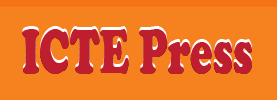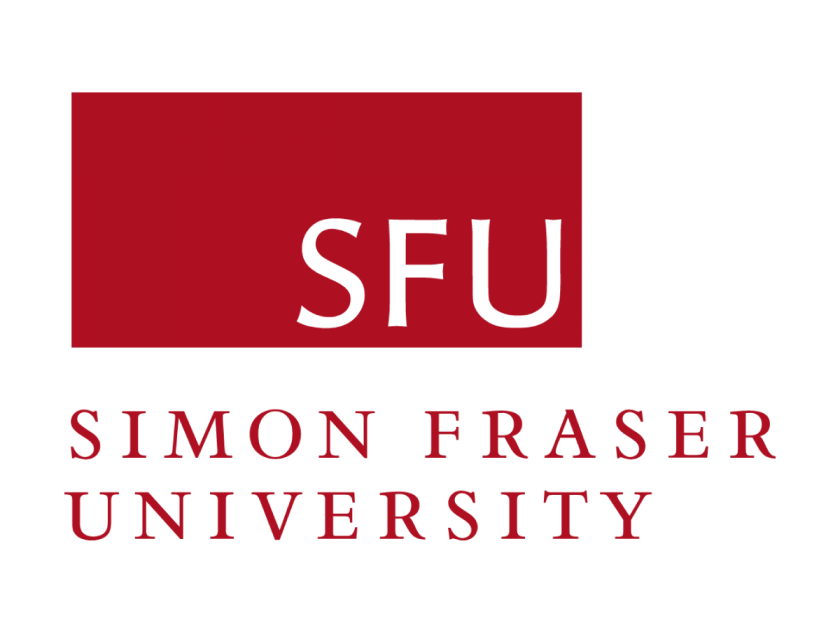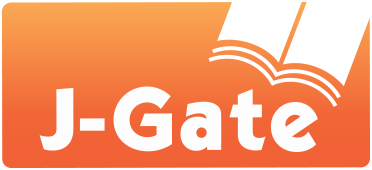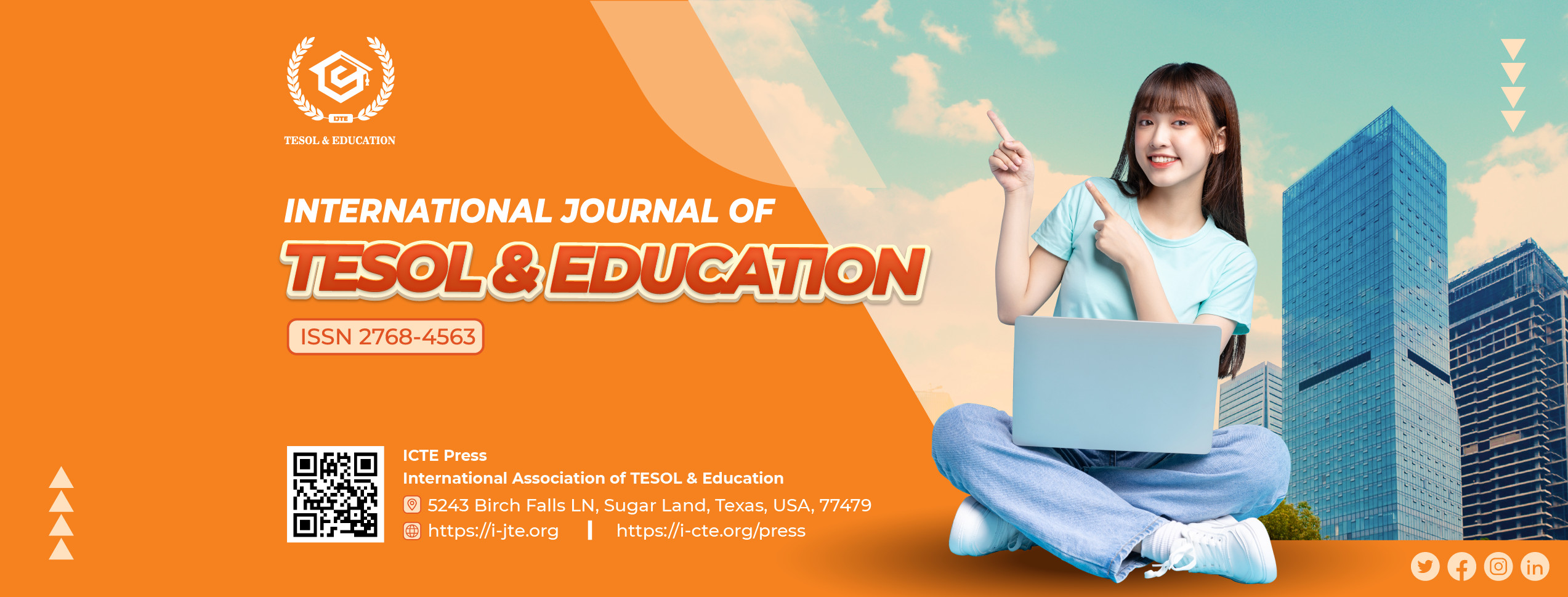The Benefits and Challenges of AI Translation Tools in Translation Education at the Tertiary Level: A Systematic Review
DOI:
https://doi.org/10.54855/ijte.25527Keywords:
AI translation tools, benefits, challenges, translation education, tertiary levelAbstract
The growth of AI-powered technologies has highlighted transformative impacts. This study presents a systematic review of the benefits and challenges of AI translation tools in tertiary-level translation education. It aims to identify how they support and hinder students and teachers. The data were extracted from 20 peer-reviewed articles (2014-2024) on six academic databases, using standardization and thematic synthesis based on the PRISMA guidelines. The qualitative findings revealed eight core benefits: enhanced translation efficiency, improved vocabulary and grammar, post-editing support, increased learner motivation, professional and technical preparedness, accessibility and inclusion, reflective learning and personalization, and teacher support and pedagogical innovation; and seven key challenges: overreliance on AI, contextual inaccuracies, digital inequity, insufficient training and pedagogical gaps, ethical and privacy concerns, usability issues for senior lecturers, and lack of institutional support and curriculum integration. Valuable insights and recommendations were then offered to refine translation pedagogy with effective AI tool integration.
References
Alharbi, W. (2023). The use and abuse of artificial intelligence-enabled machine translation in the EFL classroom: An exploratory study. Journal of Education and E-Learning Research, 10(4), 689–701. https://doi.org/10.20448/jeelr.v10i4.5091
Al-Rumaih, L. A. (2021). The integration of computer-aided translation tools in translator-training programs in Saudi universities: Toward a more visible state, Arab World English Journal for Translation & Literary Studies, 5(1), 336-362. https://dx.doi.org/10.24093/awejtls/vol5no1.23
Bakhov, I., Bilous, N., Saiko, M., Isaienko, S., Hurinchuk, S., & Nozhovnik, O. (2024). Beyond the dictionary: Redefining translation education with artificial intelligence-assisted app design and training, International Journal of Learning, Teaching and Educational Research, 23(4), 118-140. https://doi.org/10.26803/ijlter.23.4.7
Bao, V. N., & Thi, T. C. N. (2021). Using the internet for self-study to improve translation for English-majored seniors at Van Lang University. International Journal of TESOL & Education, 1(2), 110-147. EOI: http://eoi.citefactor.org/10.11250/ijte.01.02.007
Bates, T., Cobo, C., Mariño O., & Wheeler, S. (2020). Can artificial intelligence transform higher education? International Journal of Educational Technology in Higher Education, 17:42. https://doi.org/10.1186/s41239-020-00218-x
Braun, V., Clarke, V. (2006). Using thematic analysis in psychology. Qualitative Research in Psychology, 3(2), 77-101. https://doi.org/10.1191/1478088706qp063oa
Bouguesmia, M. T. (2020). Using AI in translation: A technological leap, or a translator’s nightmare. ALTRALANG Journal, 2(2), 78–102. https://www.asjp.cerist.dz/en/article/137611
Booth, A., Sutton, A., & Papaioannou, D. (2016). Systematic Approaches to a Successful Literature Review (2nd ed.). SAGE Publications Ltd. https://www.amazon.com/Systematic-Approaches-Successful-Literature-Review/dp/0857021354
Chassignol, M., Khoroshavin, A., Klimova, A., & Bilyatdinova, A. (2018). Artificial intelligence trends in education: A narrative overview. Procedia Computer Science, 136, 16-24. https://doi.org/10.1016/j.procs.2018.08.233
Deng, X., & Yu, Z. (2022). A systematic review of machine-translation-assisted language learning for sustainable education. Sustainability, 14(13), 7598. https://doi.org/10.3390/su14137598
Gough, D., Oliver, S., & Thomas, J. (2017). An Introduction to Systematic Reviews. SAGE Publications Ltd. https://uk.sagepub.com/en-gb/asi/an-introduction-to-systematic-reviews/book245742
Han, B. (2020). Translation, from pen-and-paper to computer-assisted tools (CAT Tools) and machine translation (MT). In Proceedings of the 14th International Conference INTER-ENG 2020, 63, 56-62. MDPI. https://www.mdpi.com/2504-3900/63/1/56
Hazaea, A. N., & Qassem, M. (2024). Translation Competence in Translator Training Programs at Saudi Universities: Empirical Study. Open Education Studies. 6: 20240029. Retrieved from https://www.degruyter.com/document/doi/10.1515/edu-2024-0029/html
Kenny, D., & Doherty, S. (2014). Statistical machine translation in the translation curriculum: Overcoming obstacles and empowering translators. The Interpreter and Translator Trainer, 8(2), 276-294. https://doi.org/10.1080/1750399X.2014.936112
Koka, N. A. (2024). The integration and utilization of artificial intelligence (AI) in supporting older/senior lecturers to adapt to the changing landscape in translation pedagogy. Migration Letters, 21(S1), 59-71. https://www.migrationletters.com/index.php/ml/article/view/3153
Laksana, K. N., & Komara, C. (2024). Indonesian EFL students’ perceptions of DeepL machine translation tool: Utilization, advantages, and disadvantages. Journal of Language and Literature Studies, 4(2), 256-276. https://doi.org/10.36312/jolls.v4i2.1931
Le, T. K. V., & Dao, T. M. T. (2019). An investigation into students’ perception of utilizing online dictionaries in translation-interpretation. Revista ESPACIOS, 40(39), 2-18. https://www.revistaespacios.com/a19v40n39/in194036.html
Li, X., Gao, Z., & Liao, H. (2024). An empirical investigation of college students’ acceptance of translation technologies. PLOS ONE, 19(2), e0297297. https://doi.org/10.1371/journal.pone.0297297
Liu, K., & Afzaal, M. (2021). Artificial intelligence and translation teaching: A critical perspective on the transformation of education. International Journal of Educational Sciences, 33(1-3), 64-73. https://doi.org/10.31901/24566322.2021/33.1-3.1159
Moher, D., et al. (2009). Preferred reporting items for systematic reviews and meta-analyses: The PRISMA statement. PLoS Medicine, 6(7), e1000097. https://doi.org/10.1371/journal.pmed.1000097
Odacıoğlu, M. C., & Kokturk, S. (2015). The effects of technology on translation students in academic translation teaching. Procedia - Social and Behavioral Sciences, 197, 1085-1094. https://doi.org/10.1016/j.sbspro.2015.07.349
Omar, A., Khafaga, A. F., & Shaalan, I. E. A. W. (2020). The impact of translation software on improving the performance of translation majors: A case study of the Saudi universities. International Journal of Advanced Computer Science and Applications, 11(4), 287-292. https://doi.org/10.14569/IJACSA.2020.0110437
Omar, L. I., & Salih, A. A. (2024). Systematic review of English/Arabic machine translation postediting: Implications for AI application in translation research and pedagogy. Informatics, 11(2), 23. https://doi.org/10.3390/informatics11020023
Page, M. J., McKenzie, J. E., Bossuyt, P. M., Boutron, I., Hoffmann, T. C., Mulrow, C. D., ... & Moher, D. (2021). The PRISMA 2020 statement: An updated guideline for reporting systematic reviews. BMJ, 372, n71. https://doi.org/10.1136/bmj.n71
Petticrew, M., & Roberts, H. (2006). Systematic Reviews in the Social Sciences: A Practical Guide. Wiley-Blackwell.
Phuong P. X. H. (2024). Using ChatGPT in English language learning: A study on I.T. students’ attitudes, habits, and perceptions. International Journal of TESOL & Education, 4(1), 55-68. https://doi.org/10.54855/ijte.24414
Roza, V., & Zulhirawati. (2023). Higher students’ perception of using ChatGPT in translating English texts. Bukittinggi International Conference on Education (BiCED) Proceedings, 1, 65-73. https://doi.org/10.30983/biced.v1i1.278
Soysal, F. (2023). Enhancing translation studies with artificial intelligence (AI): Challenges, opportunities, and proposals. International Journal of Philology and Translation Studies, 5(2), 178-191. https://doi.org/10.55036/ufced.1402649
Tavares, C., Tallone, L., Oliveira, L., & Ribeiro, S. (2023). The challenges of teaching and assessing technical translation in an era of neural machine translation. Education Sciences, 13(6), 541-559. https://doi.org/10.3390/educsci13060541
Tian, Xujun. (2024). Personalized translator training in the era of digital intelligence: Opportunities, challenges, and prospects. Heliyon, 10, e39354. https://doi.org/10.1016/j.heliyon.2024.e39354
Yanti, M., & Meka, L. M. C. (2019). The students’ perception in using Google Translate as a media in translation class. In Proceedings of International Conference on English Language Teaching (INACELT), 3(1), 128-146. https://doi.org/10.32528/issh.v2i1.120
Zhang, J. (2023). Exploring undergraduate translation students’ perceptions towards machine translation: A qualitative questionnaire survey. In Proceedings of Machine Translation Summit XIX, 2: Users Track, 1-10. Macau SAR, China. Asia-Pacific Association for Machine Translation. https://aclanthology.org/2023.mtsummit-users.1/
Downloads
Published
Issue
Section
License
Copyright (c) 2025 Nguyen Thi Nhu Ngoc, Tran Thanh Truc, Nguyen Ngoc Hoang An, Lam Hoang Phat, Nguyen Hua My San, Tran Nguyen Anh Thu

This work is licensed under a Creative Commons Attribution 4.0 International License.
The copyright of all articles published in the International Journal of TESOL & Education (ijte) remains with the Authors, i.e. Authors retain full ownership of their article. Permitted third-party reuse of the open access articles is defined by the applicable Creative Commons (CC) end-user license which is accepted by the Authors upon submission of their paper. All articles in the ijte are published under the CC BY-NC 4.0 license, meaning that end users can freely share an article (i.e. copy and redistribute the material in any medium or format) and adapt it (i.e. remix, transform and build upon the material) on the condition that proper attribution is given (i.e. appropriate credit, a link to the applicable license and an indication if any changes were made; all in such a way that does not suggest that the licensor endorses the user or the use) and the material is only used for non-commercial purposes.
Authors retain copyright and grant the journal the right of first publication with the work simultaneously licensed under a Creative Commons Attribution 4.0 International License that allows others to share the work with an acknowledgment of the work's authorship and initial publication in this journal.
Authors are able to enter into separate, additional contractual arrangements for the non-exclusive distribution of the journal's published version of the work (e.g., post it to an institutional repository, in a journal or publish it in a book), with an acknowledgment of its initial publication in this journal.











